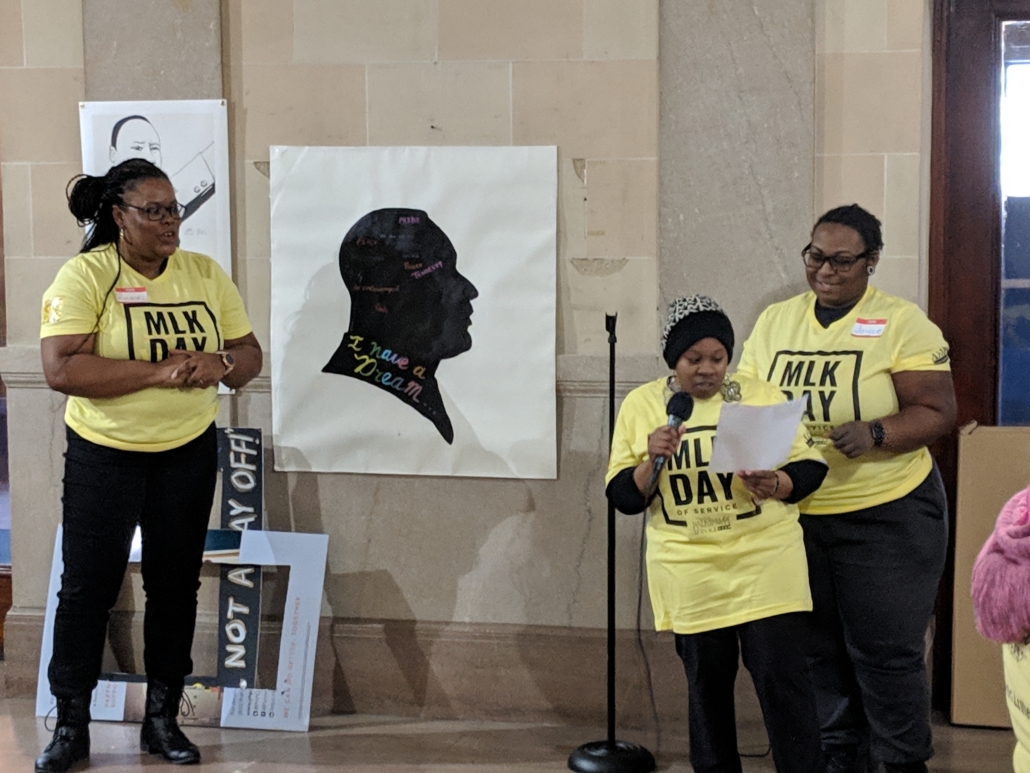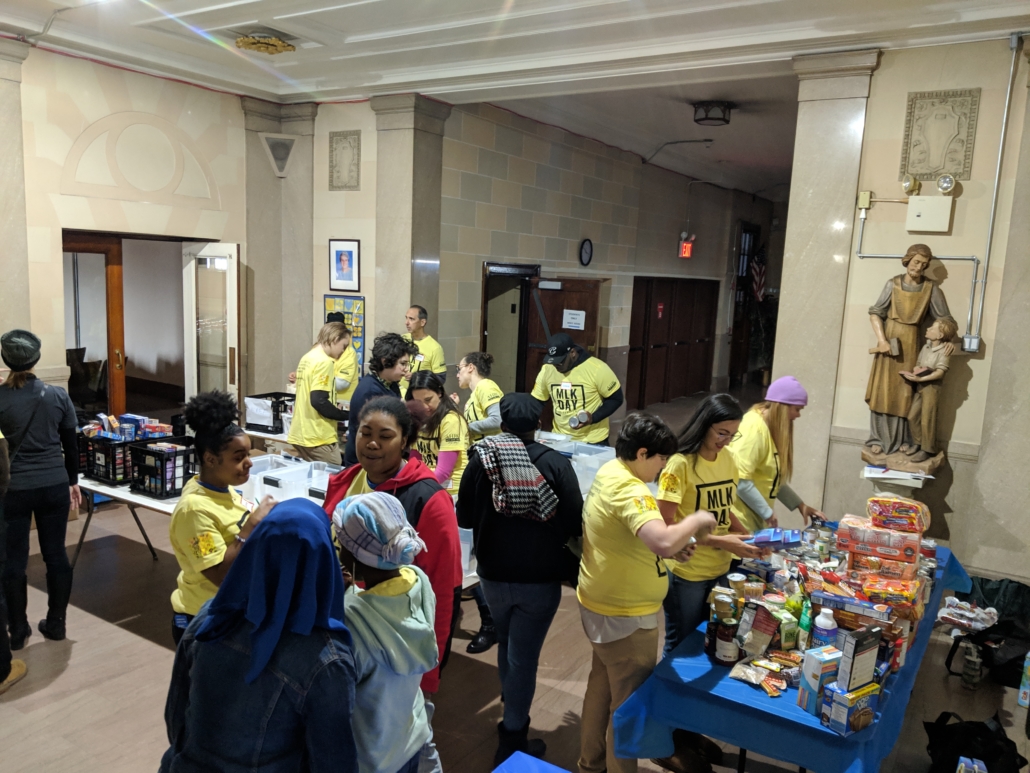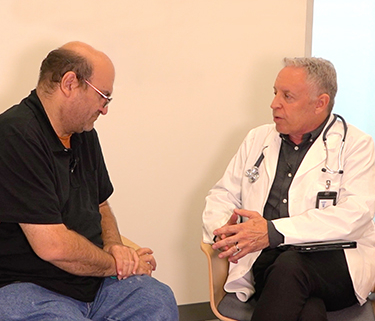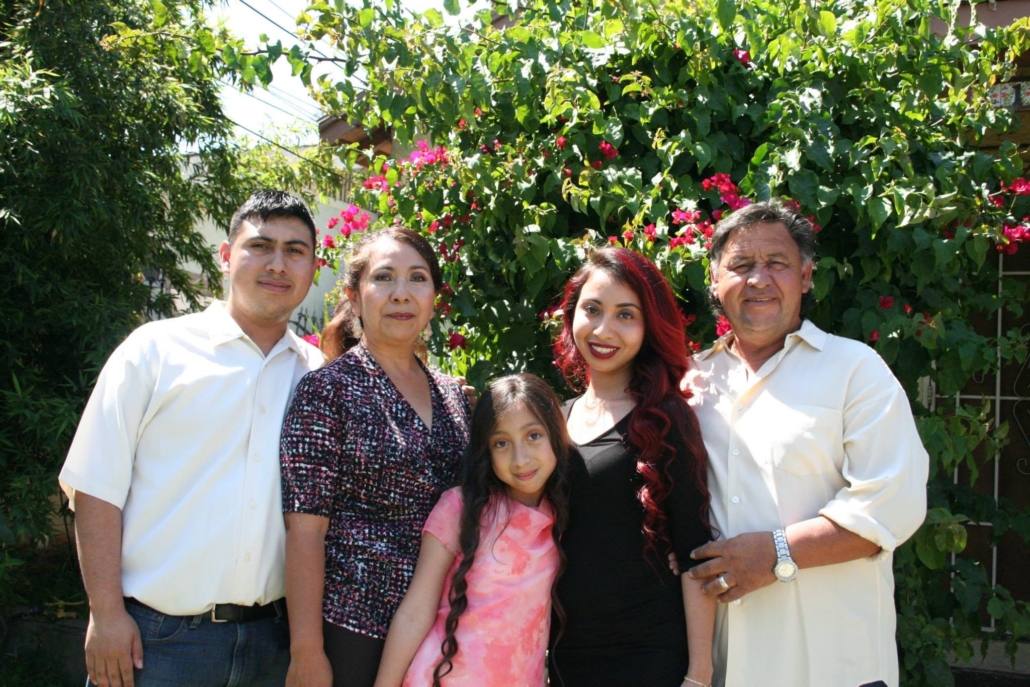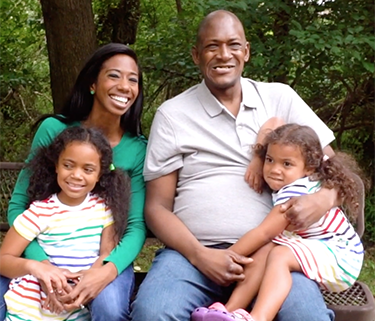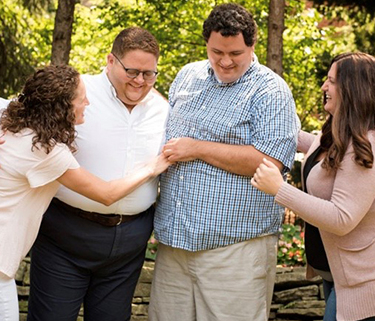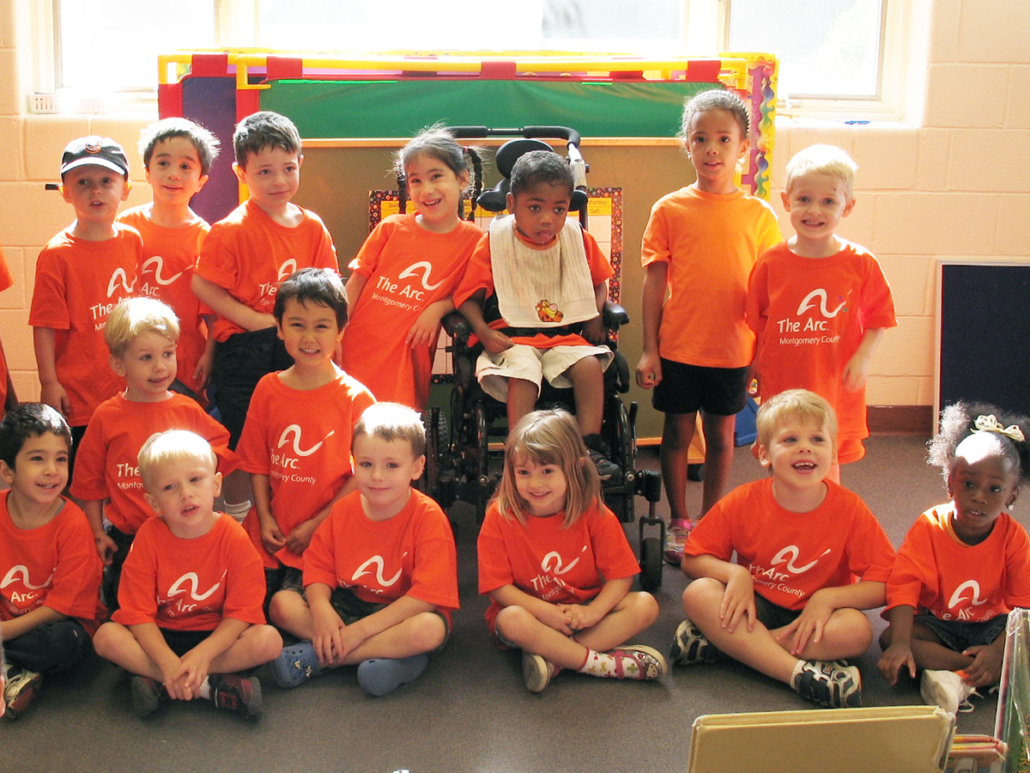Opening Up the Online World to People With Disabilities: Employment Spotlight
Digital technology is revolutionizing our day-to-day lives. It is rapidly expanding access to information, tools, and entertainment that helps us connect with the world and each other. It helps us dream bigger and achieve more. But with rapid change comes barriers to understanding and access. This is especially true for people with intellectual and developmental disabilities (IDD), who may need extra support to master and use technological tools.
As part of The Arc’s extensive and long-standing partnership with Comcast NBCUniversal, 16 chapters across the county were selected to serve as Tech Coaching Centers to expand technology access and understanding for the disability community. Each coaching session is tailored to the participants’ unique needs and goals for navigating the online world. Through one-on-one sessions with their coach, each person has the opportunity to grow their skills and confidence. Read about one of them below.
The Power of Programming
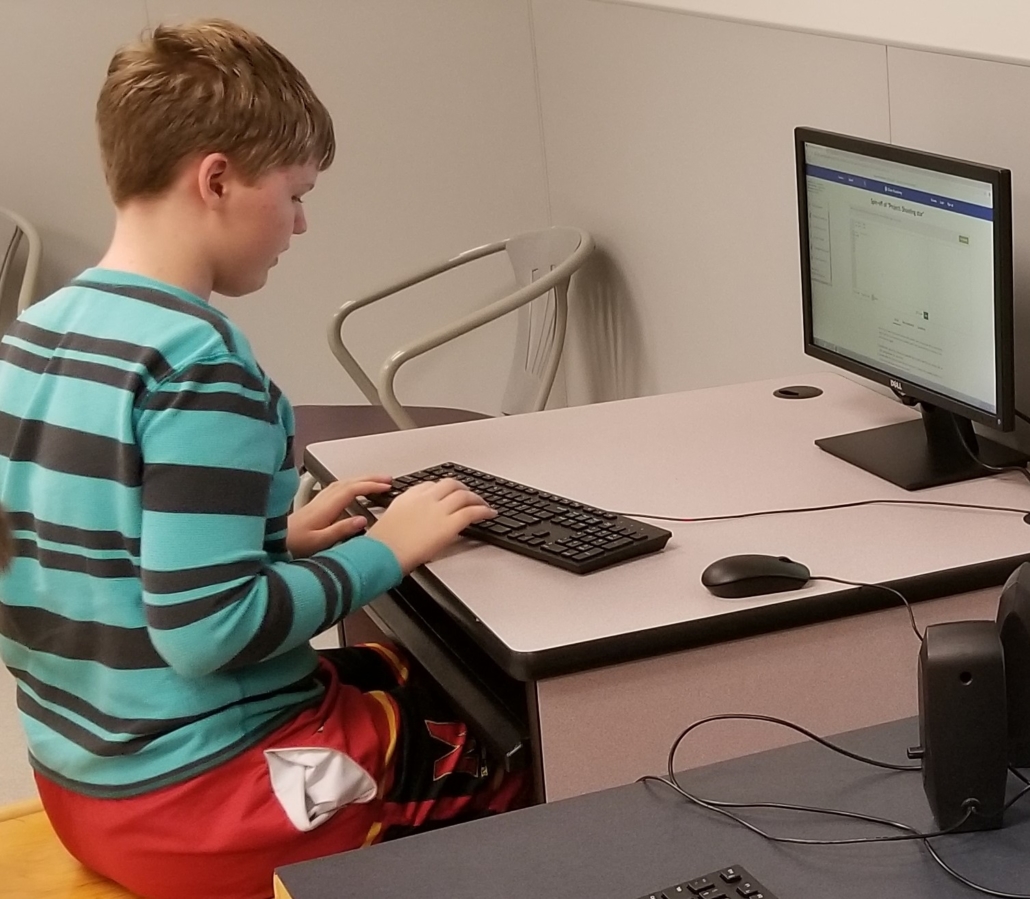
Daniel came to the Tech Coaching Center at The Arc of Carroll County in Maryland as a 14-year-old with a specific goal: he wanted to learn how to master JavaScript to become a web developer. His tech coach from the chapter, Jeremy, saw Daniel’s passion and created a multi-session plan to help him reach his goal. During these sessions, they practiced using code to create individual shapes and fill them in with different colors and textures.
Daniel has autism, ADD, and ADHD, which can present challenges in social interactions and typical learning environments. But when it came to coding, Daniel was an exceptionally driven and fast learner —quickly surpassing what his coach was even able to teach him!
“I found the class helpful in that it moved at the pace each student needed,” Daniel said.
Jeremy can attest to the benefit of the coaching too. “Daniel felt accomplished and proud of his design,” Jeremy said at the end of the coaching sessions. “He was put in a lot of detail and effort into his coding and it showed.”
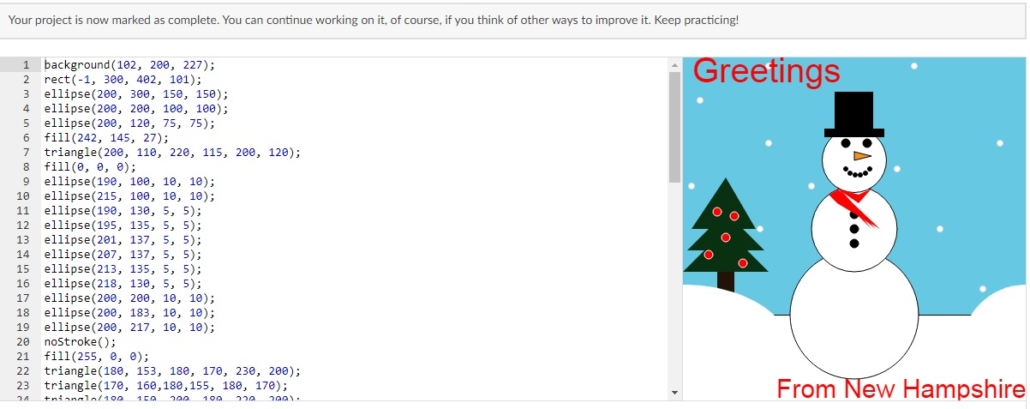
Without digital skills, people with disabilities—who already face numerous barriers to gainful and competitive employment—lose out on so much. With the right supports, they’re able to hone and present cutting-edge skills like coding to employers, and secure paying jobs in their communities…just like anyone else. At our Tech Coaching Centers, participants can build and refine the skills that will make the difference for THEM as they enter the workforce, including how to network, create and submit resumes, and find good job openings.
Since finishing at the coaching center, Daniel is currently taking two college level classes along with two high school classes. He intends to take two more college classes in the spring semester and apply for a waiver to graduate after 11th grade. Because he already skipped a grade in elementary school, Daniel will be 15 when he graduates! He’d like to major in video game design in college and eventually work in programming after school.
His unflappable motivation, coupled with his lessons at the Tech Coaching center, have given him the opportunity he may not have otherwise had to sharpen an invaluable skill that will make him a standout candidate to employers. Daniel is just one example of what we at The Arc and Comcast already know: when people with disabilities have the opportunity to learn and develop skills, they can participate in these spaces just like everyone else!
Interested in receiving coaching services? Find a coaching center near you.
Visit thearc.org/technology to see all the ways we are working to increase digital literacy in communities across the country.
Tech Coaching Centers and more made possible by:



